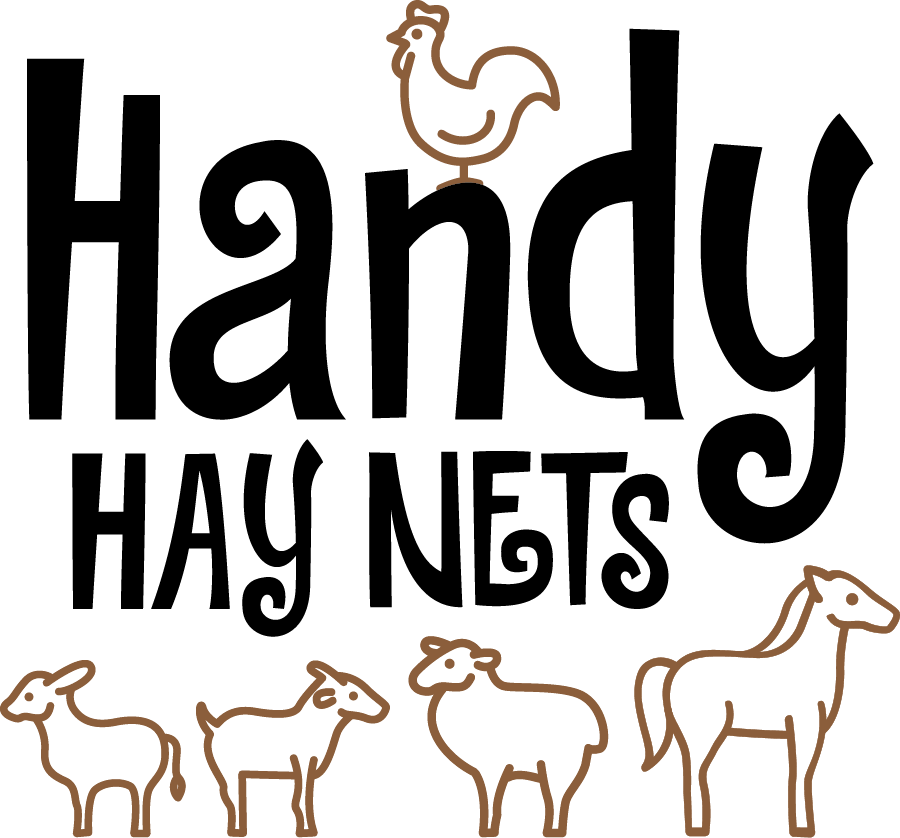
Printable Resources
We've created these printable guides to help you get started with our slow feeding hay bags or simply adjusting your current feeding set-up for your animals.
Equine Netting Size Guide
Farm Animals Netting Size Guide
Getting Started with Slow Feeder Hay Nets
Some tips and pointers for transitioning animals to slow feeding:
When you first introduce animals to slow feeder hay bags, make sure there is loose hay available as well. Never feed a hay bag if your animal is hungry as this will cause stress. We recommend 3/4 of what you would normally feed in addition to the hay bag.
It can take anywhere from a week to a month for animals to really get the hang of eating from our hay nets, but most people find that when they do, they prefer their bags to loose hay!
Hungry animals will often paw or bite through the netting. As they adjust, they use their teeth and lips to pull the hay through the holes.
Don’t pack the bag too tight or they won't be able to get the hay out. Pull some hay through the netting to help them get the idea.
Quick drops in temperature and very cold weather can require your animals to need additional loose hay.
Don’t let your Handy Hay Net run out. Hay becomes harder to get out as the bag empties due to all the broken bits. Empty them out so your animals can clean it up.
Trickle Feeding means having a constant supply of forage available at all times. Trust that your animals will adjust over time and settle into a balanced weight.
If your horse is shod please make sure that they do not contact the net at any time. Put it in a bin or feeder or or hang it so they cannot paw it. Watch videos on a variety of ideas to keep your animals safe.







